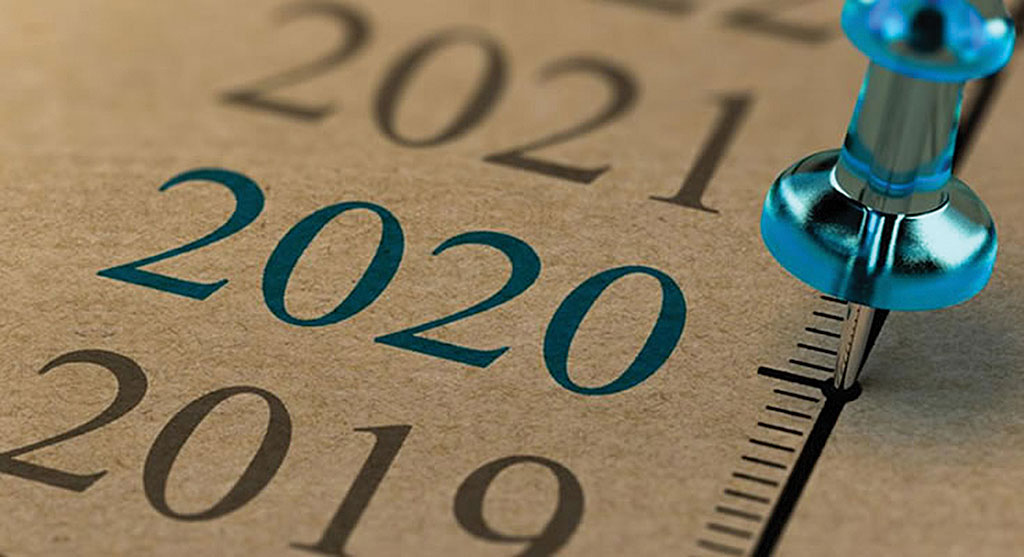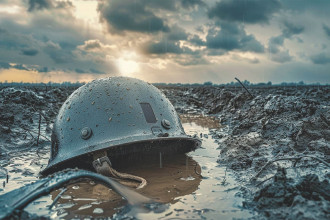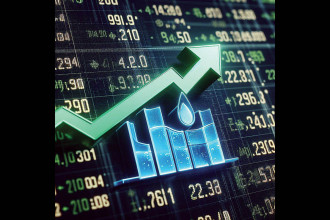
While the United States is fast catching up to become the largest producers of oil, it is the largest holder of emergency crude inventories popularly known as Strategic Petroleum Reserves (SPR). But President Donald Trump plans to sell half of the oil reserves and that has lowered prices as traders feared a further glut in the international market. The proposal has come at a time when OPEC nations and other allies are trying to extend output cuts to tighten supply in the markets. The second largest holder of emergency crude inventory, China, is however taking advantage of the prolonged low prices in the markets to fill their storage. For the first time in history, China purchased crude oil from the US SPR raising 550,000 barrels for a whopping $28.8 million. While China is stockpiling emergency reserves, the US appears to demonstrate that SPR is no longer a critical part of its energy security. After all, it is expensive to keep up storage on the back of low prices.
 Vivek Risal is associated with Mercantile Exchange Nepal Limited in the capacity of Manager in Research and Development Department. He can be contacted at r&[email protected]
Vivek Risal is associated with Mercantile Exchange Nepal Limited in the capacity of Manager in Research and Development Department. He can be contacted at r&[email protected]
What is Strategic Petroleum Reserves?
Strategic Petroleum Reserves refers to the inventories of crude oil held by the government of a corresponding country as well as the private industry to safeguard the economy and help maintain national security during an emergency crisis.Global Perspective
Since World War 2, a strategic petroleum reserve has been under consideration in the United States. After the 1956 Suez Crisis, President Eisenhower suggested an oil reserve. The event that fuelled the creation of SPR was the 1973-74 oil embargo at a time of low US production. The SPR was launched in 1975 to safeguard the US against any future supply disruptions. The SPR is a US government complex of four sites with underground storage created in salt domes along the Texas and Louisiana Gulf coasts that store the emergency oil owned by the US. According to a report dated 16 June 2017 of the United States Department of Energy, the current inventory of the Strategic Petroleum Reserve is 683.8 million barrels. Since oil prices are trading at around $50 per barrel for some time now, it’s a good time to buy as China is doing. It is not only filling its storage at low prices, new storage capacity is also being added, thereby increasing SPR. China had pushed oil storage in 2007. However, the Chinese like to keep their SPR details a secret as opposed to the United States who regularly report the data. Likewise, most information available on China’s SPR is only guess work and different agencies arrive at different figures. According to a research by JP Morgan Chase & Co., the Chinese had built around 400 million barrels of capacity by the middle of last year compared to its target of 511 million barrels. The third largest SPR holder, Japan, has about 324 million barrels. In recent days, Japan has neither added nor sold its stockpile aggressively in the oil crisis. The country considers the current levels sufficient to ride any temporary disruption and has maintained status quo. South Korea holds the fourth largest SPR at 146 million barrels. However, it does not use its complete capacity for SPR purposes. 26.6 million barrels of foreign oil is stored under various agreements, Korea National Oil Corp. traders use 5.9 million barrels, 800,000 barrels for other commercial uses along with having 92.6 million barrels for SPR. South Korea has increased its allocation for SPR purchases to Won 90 billion from Won 54.9 billion in 2016. Spain is next in line with a capacity of 120 million barrels maintaining the status quo holding 90 days of average domestic consumption in SPR. India also plans to quickly ramp up its SPR. Indian reserves hold 39.1 million barrels of oil and the government plans to add another 91 million barrels by 2020. Once the plan is put into action, India will jump into the top five.Nepali Perspective
In 2015, the fuel crisis created by the unofficial blockade in Nepal by India painted a painful picture. With Nepal completely dependent on India, a halt in fuel shipment led to an acute shortage forcing the government to ration petroleum products along with implementing an odd-even system for vehicular movement. According to the Independent Power Producers Association Nepal (IPPAN), 87% of the Nepali population are dependent on traditional energy resources, 9% on petroleum and 2% on alternative energy resources. Hydroelectricity accounts for just 2% of the energy needs. Nepal has petroleum storage points at just 10 places with a capacity to store 70,000 kilolitres of petrol, diesel, kerosene and aviation fuel. During emergency period, the storage can fulfill the demand for just 17 days. The unofficial blockade exposed the vulnerability of the nation in regard to its energy needs. The absence of alternatives and abundant storage capacity proved to be a lesson for leaders in power. While the world indulges in excess energy, our nation reels under the pressures of it. The time has come for policymakers to implement a strategic petroleum reserves policy so that denizens do not face such hardships again.. Vivek Risal is associated with Mercantile Exchange Nepal Limited in the capacity of Manager in Research and Development Department. He can be contacted at r&[email protected]
Vivek Risal is associated with Mercantile Exchange Nepal Limited in the capacity of Manager in Research and Development Department. He can be contacted at r&[email protected]
Published Date: July 14, 2017, 12:00 am
Post Comment
E-Magazine
RELATED Commodity Perspective





